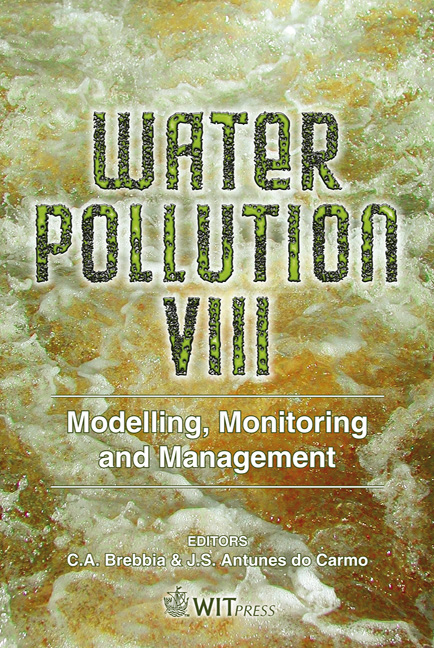Carrier Technology/humic Additives To Upgrade Biological Water Treatment
Price
Free (open access)
Transaction
Volume
95
Pages
10
Published
2006
Size
1,062 kb
Paper DOI
10.2495/WP060501
Copyright
WIT Press
Author(s)
V. Jirku, J. Masak & A. Cejkova
Abstract
The limitations of wastewater bio-treatments have challenged cell biologists and bioengineers to search for new approaches to upgrade the function and stability of these processes. In this connection, we have been trying to find a widely applicable approach to optimize the clean up efficiency through enhanced capability of fungal biodegraders both to tolerate pollutant toxicity or stressing conditions of the environment and to utilize less accessible pollutants. This paper reports some findings enabling aimed applications of fungal biofilms and humic additives. Keywords: cell attachment, biofilm, humic acid, biodegradation, wastewater treatment. 1 Introduction Exclusive application of attached biodegraders and a detailed knowledge of cell attachment effect appear to offer a large scale of opportunities not only to upgrade bioreactor (permeable bio-barrier) design, but also to reduce markedly the amount of treatment equipment as well as to enhance the spectrum of biodegradation activity through flexible co-attachment of complementary modulated cell populations, among others. Unlike microbial cells freely dispersed in an aqueous phase, attached (biofilm) cells associated with surfaces develop spatial relationship to each other that permit interactions approaching those of multicellular organisms [1]. In mixed species biofilm communities this provides intra-population variations as well as inter-population interactions offering technologically significant phenotype modulations. This cell attachment effect, together with now recognized capacity of microbial cells to sense and respond to physical contacts, is a potential tool to optimize the biodegradative
Keywords
cell attachment, biofilm, humic acid, biodegradation, wastewater treatment.





